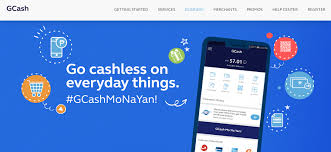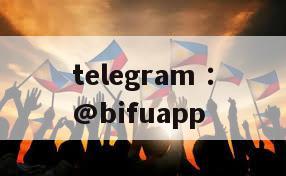In recent years, the penetration rate of e-wallets in the Philippines has surpassed 50% and continues to rise. These e-wallets not only offer convenient payment methods but also drive the digital transformation of Philippine society. Currently, there are 17 e-wallets operating in the country, with GCash, GrabPay, DragonPay, Coins.ph PAY, and PayMaya being the prominent ones.
GCash, backed by Ant Financial and owned by the Philippine telecommunications giant Globe, boasts over 33 million users, making it the largest e-wallet in the Philippines. It offers a wide range of features, including bill payments, peer-to-peer transactions, money transfers, merchant payments, payroll services, and even credit card facilities. GCash's success largely stems from the technology provided by Alibaba, positioning it as a leading e-wallet in terms of functionality and user experience.
GrabPay, on the other hand, is the payment platform of Southeast Asian internet giant Grab. Initially developed for paying Grab's ride-hailing services, GrabPay has expanded to include third-party merchants as Grab's business grew. It now provides payment services in five countries. In the Philippines, GrabPay has obtained an e-money issuer license from the central bank and is gradually becoming a mainstream e-wallet.
Besides GCash and GrabPay, DragonPay, Coins.ph PAY, and PayMaya are also significant e-wallets in the Philippines. DragonPay, a veteran online payment platform, offers secure and convenient local payment solutions. Coins.ph PAY is a cryptocurrency wallet, allowing Filipinos without bank accounts to make online payments and purchase digital currencies. PayMaya, a subsidiary product of Voyager Innovations (the digital innovation arm of PLDT and its mobile operator Smart), provides services like online shopping, bill payments, and flight bookings.
For overseas businesses, integrating with GCash and GrabPay is essential, while DragonPay and Coins.ph PAY can be selectively integrated based on business needs. The rise of these e-wallets not only brings convenient payment methods to Filipinos but also presents new payment solutions and market opportunities for overseas enterprises.
Overall, despite the low banking coverage in the Philippines, the rapid development of e-wallets is pushing the country's payment sector towards digitization. With the further proliferation of smartphones and continuous technological innovations, there's reason to believe that e-wallets will play an even more crucial role in the Philippines and globally.


 bifu pay
bifu pay





发表评论
发表评论: